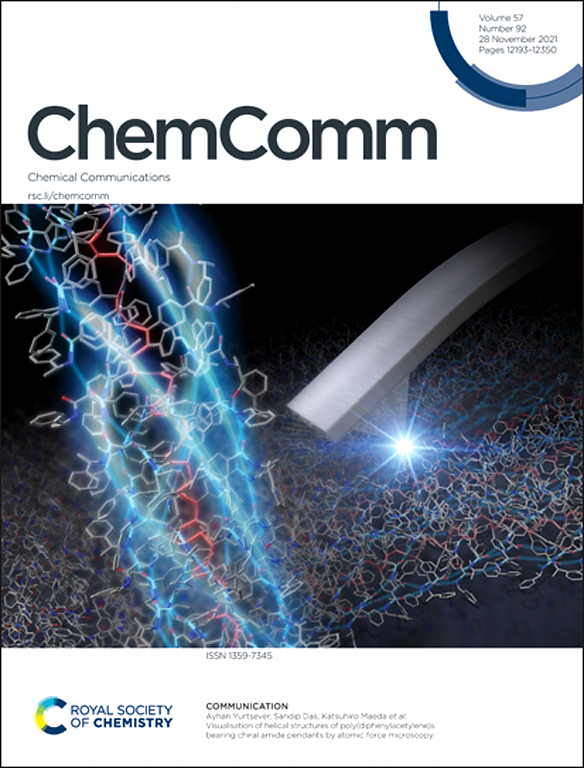塑造能量材料的未来:突破、障碍和新兴前沿
IF 4.2
2区 化学
Q2 CHEMISTRY, MULTIDISCIPLINARY
引用次数: 0
摘要
高能材料是一类独特的功能化合物,它将高能化学的强度与对安全、操作效率和环境责任的严格要求结合在一起。该领域目前正在经历一场动态的变革,受到越来越多跨学科方法的推动,该方法集成了合成有机化学、材料科学和计算设计策略。尽管取得了重大进展,但仍然存在一些关键挑战,包括平衡高性能与低灵敏度,简单和经济高效的合成,以及扩大这些材料的功能多功能性。在这篇专题文章中,我们全面概述了富氮含能材料的最新进展,重点介绍了它们的结构多样性、合成策略以及在一次炸药、不敏感二次炸药和热稳定含能系统中的应用。除了富氮能化合物外,还特别关注了新兴类别,如能配位化合物和能金属有机框架(EMOFs),它们是分子设计与超分子结构融合的例证。我们还讨论了关键的物理化学和性能参数,如密度、热稳定性、形成热、爆轰压力、爆轰速度、冲击灵敏度和摩擦灵敏度的代表性化合物。最后,我们强调了当前的局限性,并通过对结构-性能关系的深入理解,概述了未来发展更安全、更智能、更可持续的能源材料的方向。本文章由计算机程序翻译,如有差异,请以英文原文为准。
Shaping the Future of Energetic Materials: Breakthroughs, Barriers, and Emerging Frontiers
Energetic materials constitute a distinct category of functional compounds that combine the remarkable intensity of high-energy chemistry with demanding requirements for safety, operational efficiency, and environmental responsibility. The field is currently undergoing a dynamic transformation, driven by an increasingly interdisciplinary approach that integrates synthetic organic chemistry, materials science, and computational design strategies. Despite significant progress, several critical challenges remain, including balancing high performance with low sensitivity, easy and cost-effective synthesis, and expanding the functional versatility of these materials. In this feature article, we provide a comprehensive overview of recent advances in nitrogen-rich energetic materials, emphasizing their structural diversity, synthetic strategies, and applications in primary explosives, insensitive secondary explosives, and thermally stable energetic systems. Apart from nitrogen-rich energetic compounds, special attention is given to emerging classes such as energetic coordination compounds and energetic metal-organic frameworks (EMOFs), which exemplify the convergence of molecular design with supramolecular architecture. We also discuss key physicochemical and performance parameters such as density, thermal stability, heat of formation, detonation pressure, detonation velocity, impact sensitivity, and friction sensitivity of representative compounds. Finally, we highlight current limitations and outline future directions for the development of safer, smarter, and more sustainable energetic materials through a deeper understanding of structure–property relationships.
求助全文
通过发布文献求助,成功后即可免费获取论文全文。
去求助
来源期刊

Chemical Communications
化学-化学综合
CiteScore
8.60
自引率
4.10%
发文量
2705
审稿时长
1.4 months
期刊介绍:
ChemComm (Chemical Communications) is renowned as the fastest publisher of articles providing information on new avenues of research, drawn from all the world''s major areas of chemical research.
 求助内容:
求助内容: 应助结果提醒方式:
应助结果提醒方式:


